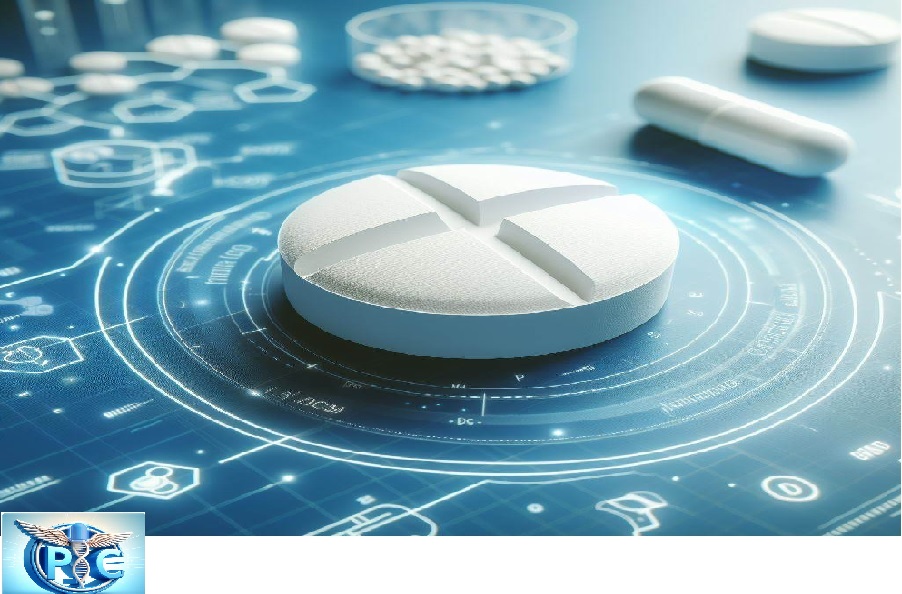Pharmaceutical tablet development is a complex process that requires meticulous attention to detail and adherence to strict quality standards. From conceptualization to market release, each step plays a crucial role in ensuring the safety, efficacy, and stability of the final product. In this article, we will delve into the various steps involved in pharmaceutical tablet development, providing a comprehensive overview for both industry professionals and curious minds.
I. Conceptualization and Research Defining the Purpose
Before any development begins, a clear understanding of the purpose of the pharmaceutical tablet must be established. Is it for pain relief, treatment of a specific condition, or as a preventive measure?
Market Research
Conducting thorough market research helps identify existing products, market gaps, and potential competitors. This step guides the formulation process, ensuring the tablet meets market demands.
II. Formulation Development
Active Pharmaceutical Ingredient (API) Selection
Choosing the right API is fundamental. Factors like efficacy, safety, and stability are considered when selecting the active ingredient that will be the core therapeutic component.
Excipient Selection
Excipients, the inactive components of the tablet, are chosen based on their compatibility with the API and their ability to enhance stability, absorption, and overall product performance.
Pre-formulation Studies
Detailed pre-formulation studies assess the physical and chemical properties of the chosen API and excipients. This phase aids in determining the tablet’s composition and necessary processing techniques.
III. Preclinical Development
Laboratory Scale-up
Once the formulation is established, the process is scaled up for laboratory testing. This step involves producing small batches for initial testing and analysis.
Animal Testing
Preclinical trials on animals evaluate the tablet’s safety, potential side effects, and efficacy. This phase is crucial before progressing to human clinical trials.
IV. Clinical Development
Phase I – Safety Testing
In this initial phase of human testing, the tablet’s safety is assessed. Researchers closely monitor participants for any adverse effects.
Phase II – Efficacy Testing
The tablet’s effectiveness is evaluated in a larger group of participants. This phase aims to determine the optimal dosage and assess efficacy compared to a placebo.
Phase III – Large-Scale Testing
Large-scale trials involve a diverse population to confirm the tablet’s efficacy, monitor side effects, and gather comprehensive data.
V. Regulatory Approval
New Drug Application (NDA) Submission
Based on successful clinical trials, an NDA is submitted to regulatory authorities, providing detailed information on the tablet’s safety, efficacy, and manufacturing process.
Regulatory Review
Health authorities rigorously review the submitted data, ensuring compliance with regulatory standards before granting approval.
VI. Manufacturing
Scaling Up Production
Once regulatory approval is obtained, production is scaled up to meet market demand. Manufacturing processes are fine-tuned to ensure consistency and quality.
Quality Control
Stringent quality control measures are implemented throughout the manufacturing process to identify and address any deviations from the established standards.
VII. Market Release
Distribution
The final product is distributed to pharmacies, hospitals, and healthcare providers, making it available to the intended market.
Post-Market Surveillance
Continuous monitoring of the tablet’s performance and any reported adverse effects helps ensure ongoing safety and efficacy.
In conclusion, the steps involved in pharmaceutical tablet development are a meticulously orchestrated sequence of events, each vital in guaranteeing a safe and effective final product.
Frequently Asked Questions
- What is the role of excipients in tablet development? Excipients contribute to the tablet’s stability, absorption, and overall performance. They are crucial in the formulation development phase.
- How long does the entire pharmaceutical tablet development process take? The timeline varies but can range from several years, including preclinical and clinical trials, to the regulatory approval phase.
- What happens if a tablet fails the preclinical testing phase? If significant safety concerns arise during preclinical testing, the development process may be halted, and modifications are made before resuming.
- How is the optimal dosage determined during clinical trials? The dosage is carefully titrated during Phase II clinical trials, balancing efficacy and safety based on participant responses.
- Is post-market surveillance essential even after regulatory approval? Yes, post-market surveillance is crucial for monitoring the tablet’s ongoing safety and efficacy, identifying rare side effects that may not have been apparent during clinical trials.
For more articles, Kindly Click here.
For pharmaceutical jobs, follow us on LinkedIn
For Editable SOPs in Word format, contact us at info@pharmaceuticalcarrier.com
For more information, kindly follow us on pharmaguidelines.co.uk
Pharmacareer team is a team of Experts from every department of Pharmaceutical industry having enriched experience. Experts have work experience of many multinational pharmaceutical industries worldwide.


